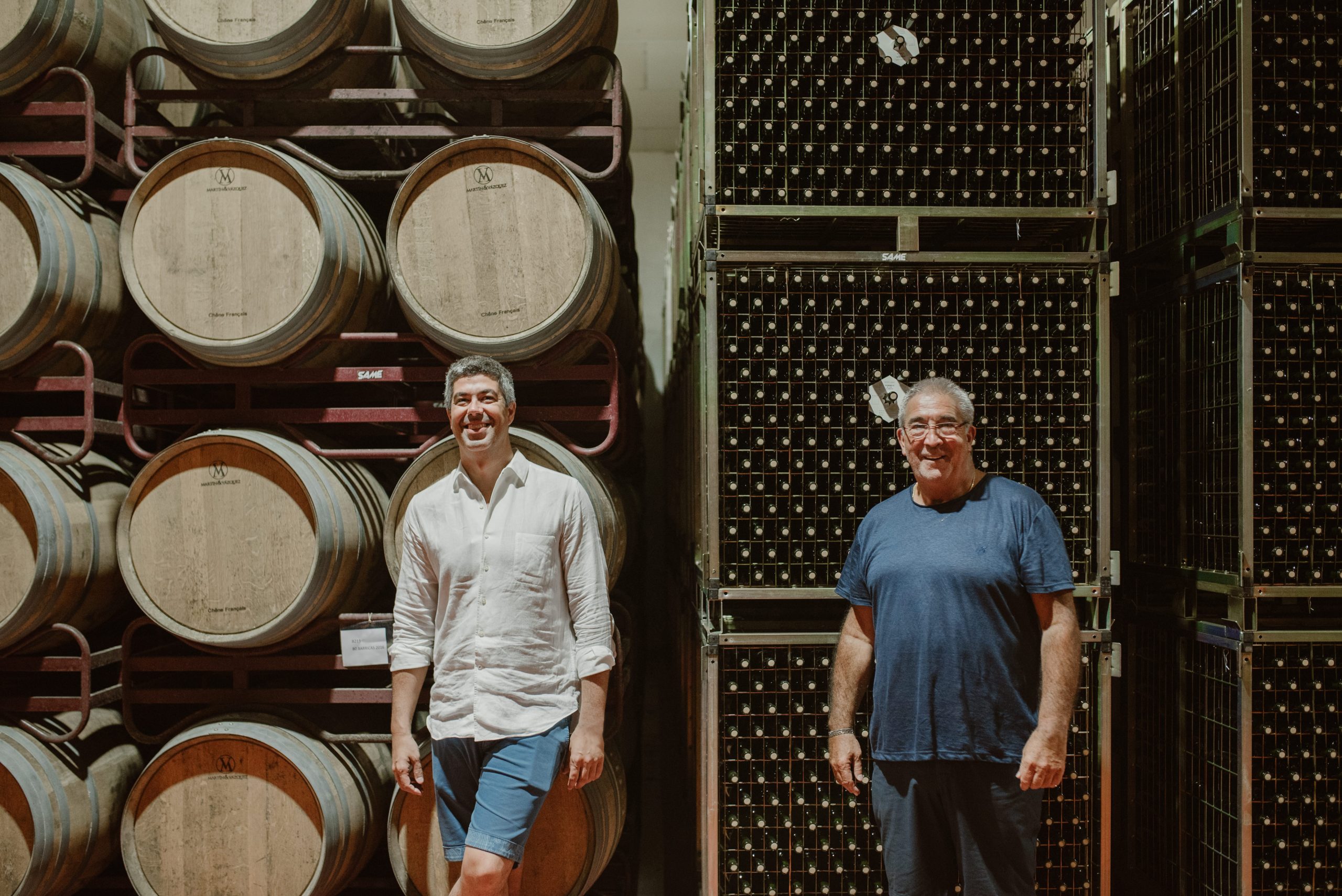Starck designs new ‘ship shaped’ winery
Renowned French designer Philippe Starck has collaborated with Château Les Carmes Haut-Brion in Bordeaux on a new winery project for the estate.
As reported by Le Figaro, Starck’s 2,000 square metre, ship shaped design was unveiled this week in Bordeaux and is set to make use out of concrete, glass and metal.
Starck is working with architect Luc Arsène-Henry on the project for the gravity-led winery, based in Pessac-Léognan.
The new winery will be set across four floors and will feature a cellar built underneath a manmade lake in order to maintain a constant temperature.
The winery, due to open next summer, will also feature a tasting room and a terrace boasting panoramic views of the estate.
Château Les Carmes Haut-Brion was sold to property tycoon Patrice Pichet in 2010 for a reported €18m. After the sale, Stéphane Derenoncourt was called in as a consultant.
Partner Content
The 4.7-hectare estate is planted with Merlot, Cabernet Franc and Cabernet Sauvignon.
In addition to a grand vin, Les Carmes Haut-Brion, which was once part of the Haut-Brion estate that belonged to Jean de Pontac, also produces a second wine, Le Clos des Carmes.
This is not the first time a high profile designer has collaborated on a winery project – in 2006 American architect Frank Gehry put his hand to Marqués de Riscal in Rioja, as did Santiago Calatrava at neighbouring Ysios in 2001.
More recently, in 2010 Lord Foster designed the winery for Bodegas Portia in Ribera del Duero for the Faustino group, while in 2006 Dame Zaha Hadid completed her project for the tasting room pavilion beside Lopez de Heredia in Rioja.





From my weekly column in Diario Sur, Malaga, Spain, translated into English for subsequent publication in Sur in English:
‘WINE CATHEDRALS’ –WHAT FOR?
(Originally published in Spanish in Diario Sur 9 Feb 2014)
AJ Linn
More years ago than I care to remember I worked with international golf course designer John D Harris, who built courses in 160 countries. It was interesting work, and the competition, such as it was, consisted of the current crop of top golfers who had been persuaded to promote themselves as golf course ‘architects’, usually by just signing plans prepared by some faceless draughtsman. The hardest part of the job was explaining to the celebrity-conscious client that a highly experienced designer like Harris would produce a more economically feasible product than the current fashionable player-turned-designer.
Can the wine business apply the same hypothesis? The latest fashion in Spain is for wine producers to contract trendy architects for their new bodegas. This aberration started in California, and as with all such matters, it is a case of keeping up with the Jones’s. While the French generally believe that the best wine comes from the most ‘natural’-looking bodegas, the Spanish have voted with their chequebooks. Marqués de Riscal’s new winery was designed by Frank Ghery; Viña Real’s by Philippe Mazieres; Protos’s by Rogers Stirk Harbour; Tondonia’s by Zaha Hadid; Ysios’s by Santiago Calatrava; Portia’s by Norman Foster, etc……
With such showcases costing more than three times what a regular bodega would cost, the question is: Who foots the bill? Answer: the consumer. Although these apparently over-wealthy wine producers claim their stylish ‘wine cathedrals’ have increased visitor numbers, to what purpose? Do visitors go to see where the wine is made or to see the latest architectural shrine? Guides specialising in wine tours are increasingly being forced to let their clients admire these monuments-to-whatever at a prudent distance, since visitor numbers have resulted in full car parks and congested approach roads.
Fortunately for common sense some producers are more intelligent. Spain’s largest family firm, Torres, which could afford an architectural show-piece better than anyone, opted for renovating its old buildings, lining the roofs with turf to maintain interior temperatures, and installing 12,000 metres of solar panels. Local government grants paid for most of this, so Torres’ customers were not the unwilling funders.
Dear AJ
Frank Ghery designed Marques de Riscal’s HOTEL, not the winery. Zaha Hadid designed Vinia Tondonia’s wine shop. She had nothing to do with the winery, which is one of the oldest (if not the oldest) winery in Rioja. Vina real is very modern and focused on eficiency as far as the winemaking process goes. Additionally I’ve worked in Ysisos and although on the outside the winery is impressive, on the inside it is very functional and easy to work in. Nothing to do with what you are suggesting.
I can’t say for the rest because I haven’t been there, but what you are implying is not entirely true.